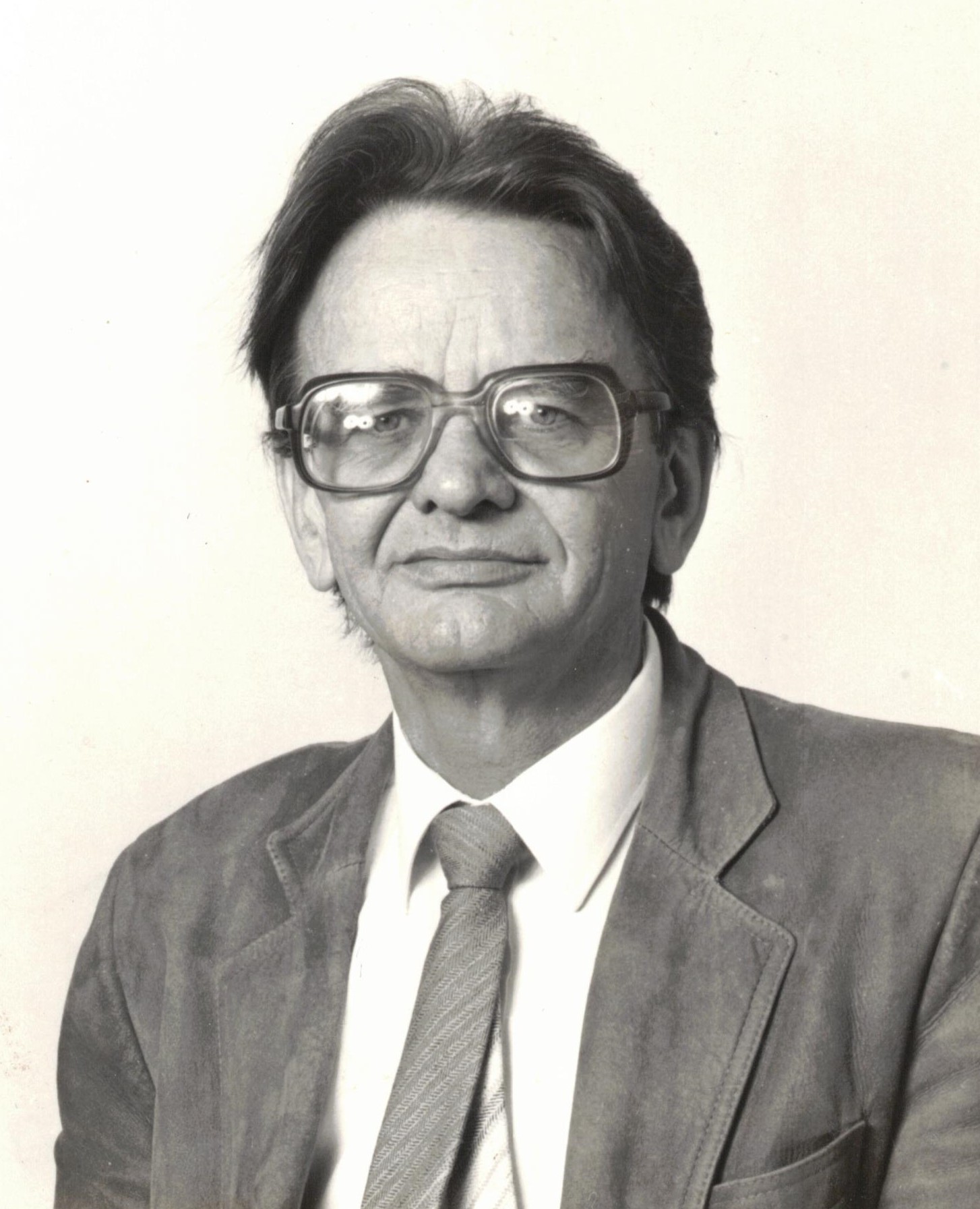Don Watson LFRAIA recalls Steve Szokolay (1927 – 2024)
The death occurred recently in Brisbane of the eminent architectural scientist, Steve Szokolay (1927‒2024), a pioneer and world authority on climatic design.
As Vajk Istvan Szokolay [Steven Vajk] he was born at Budapest, Hungary, the son of Bela Szokolay, an architect, and Marta Tompa. His parents were active in the Hungarian architecture and arts communities, his father as a painter, adult puppeteer with a political agenda, and founder of an architectural journal Epitomunka, and his mother as an intellectual known for her poetry readings on radio.
During World War 2, Steve’s schooling was disrupted. After Russia ‘liberated’ Hungary in 1945 he joined the Communist Party. But by 1947 when he enrolled to study architecture at the Technical University he was disillusioned and resigned, joining instead the Independent Smallholders Party.
After winning the 1945 election this Party had been forced into a communist dominated coalition government. Their electoral mandate was eroded by expulsions and imprisonment of party members before a coup d’etat toppled their leader, the democratically elected Prime Minister.
Despite the Communists again failing to win the 1947 election, further intimidation soon resulted in a Communist government. Only a few months after commencing his University studies, Szokolay was arrested. Charged with conspiring against the State, he was imprisoned for four years. A month after his release in December 1951, he was again arrested and imprisoned for a further two years.
Following his release, he became a builder’s labourer and a qualified bricklayer. Continuing his architectural education was not possible and instead he completed second year at a building trades technical college.

He married Edith Ditroi in 1955 and his son Tash was born in August 1956, only two months before the Hungarian Uprising, which was crushed 12 days later by the Russians. After narrowly avoiding arrest, Steve and his family fled across the Austrian border. Having learnt English in prison, he sought to migrate to an English-speaking country where he could study architecture part-time. Under the Australian Hungarian Refugee Assistance Scheme, the Szokolays arrived in January 1957.
After spending time in Bonegilla Migrant Camp, he obtained work in Sydney, briefly as a bricklayer before working as a draftsman, first in an aluminium window factory, then at the Commonwealth Department of Works. He enrolled in the University of NSW’s evening course in architecture, an experience which he described as patchy, but influential staff included Max Collard, Frank Woolard and RO Phillips, who supervised his thesis on Climate control in Sydney office buildings, an early indication of his life-long passion. He graduated in 1961. In his final year he was employed by Edwards Madigan & Torzillo before moving in 1962 to Westfields to work on shopping malls.
After his first marriage failed he travelled to Europe in 1963. In London he worked for Richard Gallino before he was appointed a tenured lecturer at Liverpool University, conditional on him undertaking a three months’ course at the Architectural Association School in London with Otto Könisberger and working for two years at a new university in Nairobi. He completed a Master of Architecture degree at Liverpool in 1968 with a thesis on Design of buildings for equatorial highland climates. In 1973 with numerous former Hungarians all working in solar control, he attended in Paris the International Solar Energy Society (ISES) conference Sun in the service of Mankind.
He maintained contact with Könisberger who later that year ran a conference on tropical architecture which was also attended by Bal Saini, recently appointed professor at the University of Queensland. Subsequently Saini contacted him about working in Brisbane. In July 1974, Szokolay took up a position as senior lecturer and director of the Architectural Science Unit, in the Department of Architecture where in 1978 he completed his PhD degree on Air conditioning in tropical Australia and the role of solar powered methods.
He later served as Head of the Department. While in the Department, he collaborated with CSIRO and other researchers, undertook research including on historical passive-design precedents, was consultant to government, business and communities, taught and guest lectured at universities and conferences throughout the world and designed an early solar-air-conditioned house. After retiring in 1992 he continued to teach at post-graduate level.
He was twice Chairman of ANZSES* (1978/80 and 1992/94), a Director of ISES (1985/93), President of the ANZ Architectural Science Association (ANZAScA 1980/82) and President of Passive and Low Energy Architecture (PLEA) International (1995/98). For four years he edited the journal Solar Progress and was the author of a dozen books including widely used and translated textbooks and some 150 technical papers.
He was an Associate of the RIBA and Fellow of the AIA and a member, Fellow and Honorary Life Fellow of numerous national and international Societies and Institutions.
In 2001, Steve was awarded a membership of the Order of Australia, a Special Medal of ANZSES, and in celebration of the centenary of Australia’s Federation, a Centenary Medal in recognition of ‘those who made Australia’ for his contributions to education. For architectural science, Steve’s contribution was formidable.
His texts on the science of architecture and embracing sustainability are used in architectural education across the globe. His most recent text Introduction to Architectural Science – The Basis of Sustainable Design was published in its third edition in 2014. At the time of his passing, the book is being further updated with a co-author for the UK publisher Routledge.
His architect son, Tash, predeceased him in 2018, but Steve was survived by his third wife, Katalin. They had been married fifty years.
Obituary by Don Watson, with contributions by Katalin Szokolay and Richard Sale.
*ANZSES: Australian and New Zealand Solar Energy Society